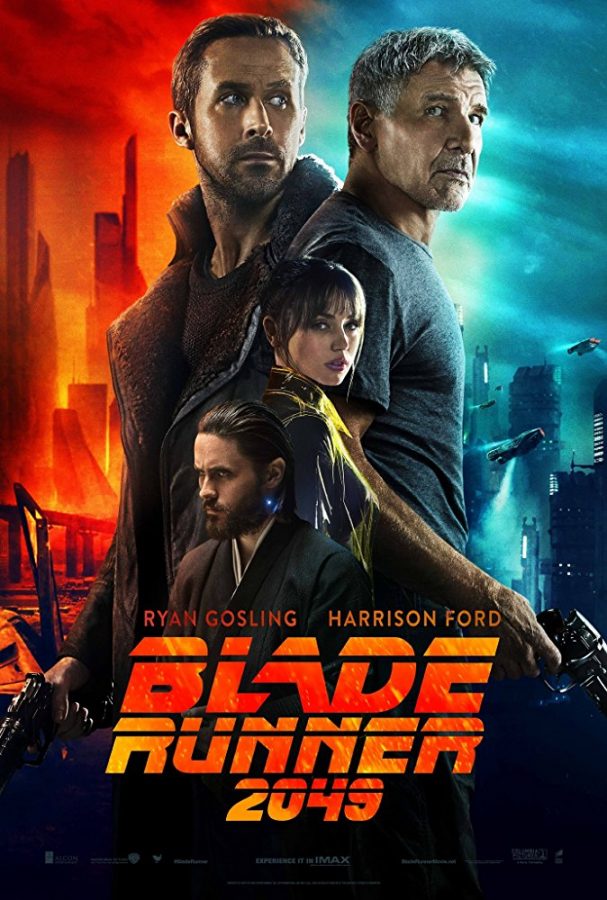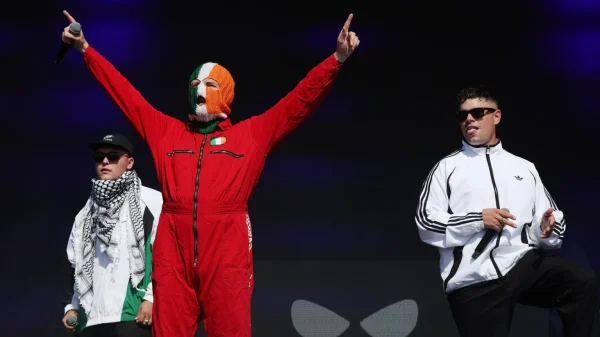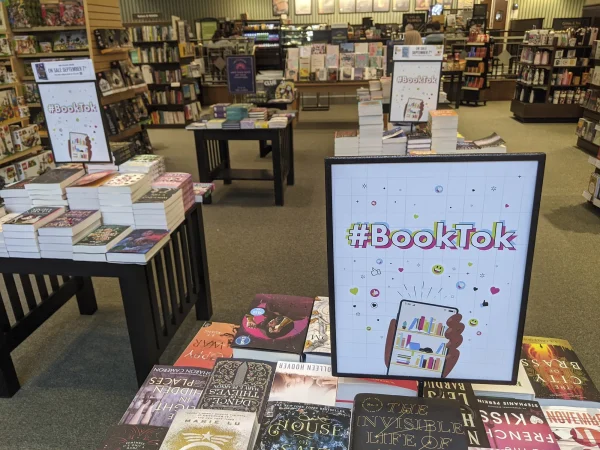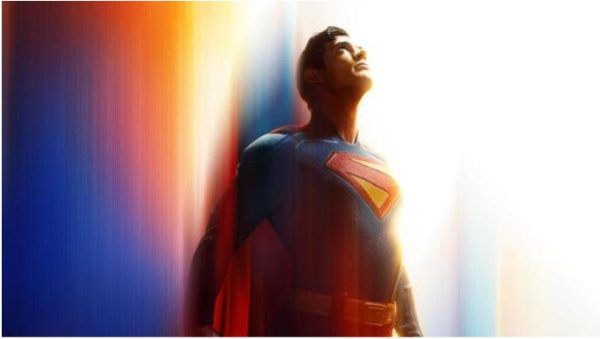“Blade Runner 2049” is a Modern Cinematic Classic
If you were around in 1982 when the original “Blade Runner” was released in theaters, chances are the news of a sequel made you think, “Hollywood has officially run out of ideas.” It’s understandable, considering how many franchise reboots and lackluster sequels have ruined what were once cinematic masterpieces.
“Blade Runner 2049,” however, is another story.
For those unfamiliar with the original, the premise is simple. Rick Deckard (Harrison Ford) is a retired blade runner—a division of the police—who returns to the job in 2019 to hunt down a group of rogue replicants, or humanlike androids, that pose a threat to humanity. It may sound like an easy film to follow, but its depth and complexity transcended the standards for science fiction films at the time—and, to be honest, even now. Since its release, the film has been regarded as an untouchable sci-fi classic, and now it looks like its sequel will follow in its footsteps.
“2049” picks up 30 years after the conclusion of the original, which found Deckard and his lover, a replicant named Rachael (Sean Young), on the run with an uncertain fate. Now, both characters are missing, but a mysterious clue found by a blade runner named K (Ryan Gosling) forces him to track down Deckard in order to uncover the truth about the replicants’ humanity.
It should be noted that this film is not for the faint of heart. It’s just short of a three-hour runtime, which will make it seem slow to those unwilling to pay attention to every detail of the film—a vitality in understanding its intellectually advanced content.
Thematically, “2049” goes where many blockbuster films wouldn’t dare to go, which is probably why it works so well. The tone and depth of the original film are matched in its sequel, which both parallels and exceeds the original from a cinematographic perspective. It’s visually stunning without relying on its aesthetic pleasure to drive the storyline, which, in itself, is fantastic.
The film’s brilliant storytelling is matched by its superb cast. Fronted by Gosling and Ford, whose chemistry is charming, witty and entertaining, many of the supporting roles also deliver incredible performances. Ana de Armas, Sylvia Hoeks and Robin Wright are all mesmerizingly perfect in their respective roles, while Jared Leto’s portrayal of Wallace is dazzlingly disturbing.
Meanwhile, Ridley Scott, who directed the original film served as executive producer this time around. In the director’s chair was “Arrival” mastermind Denis Villeneuve, a wise decision based on Scott’s track record with bad sequels in recent years. (We’re looking at you, “Prometheus” and “Alien Covenant.”)
The only legitimate complaints with “2049” are its lengthy runtime and the absence of Ford for the majority of that time—he doesn’t show up until its third act. Despite shrouding his character in mystery for the bulk of the film, it allows Gosling, a worthy successor to such a franchise, to carry the weight of the film, showcasing his strength as an actor.
The action, suspense and plot twists throughout “2049” make the nearly three hours you will spend in the theater completely worth it. Ahead of its time, “2049” is fresh, exciting and innovative, just as its predecessor was.
Although only time will tell, it’s safe to say “Blade Runner 2049” has already solidified its place as a modern cinematic classic.
Rating: 5/5 stars








